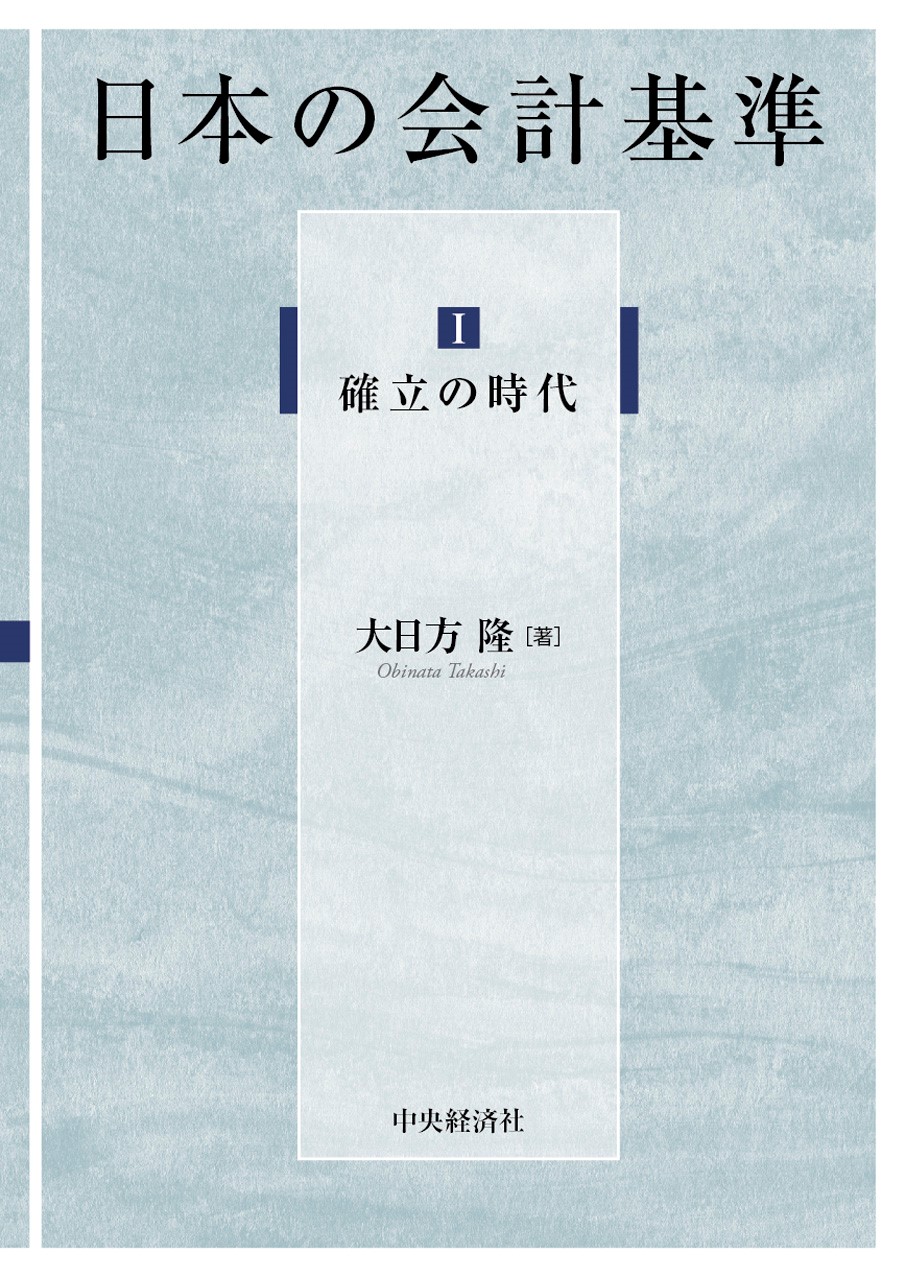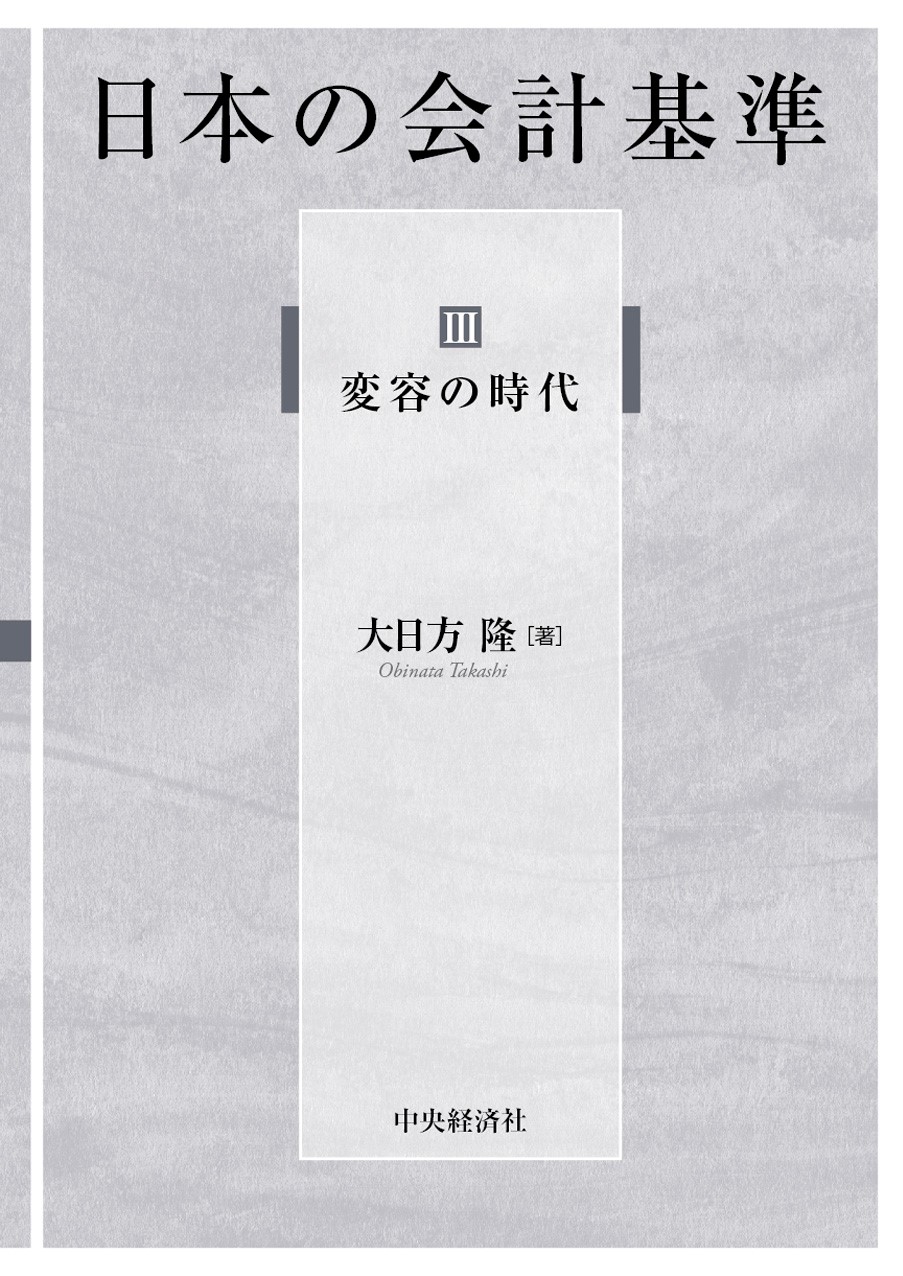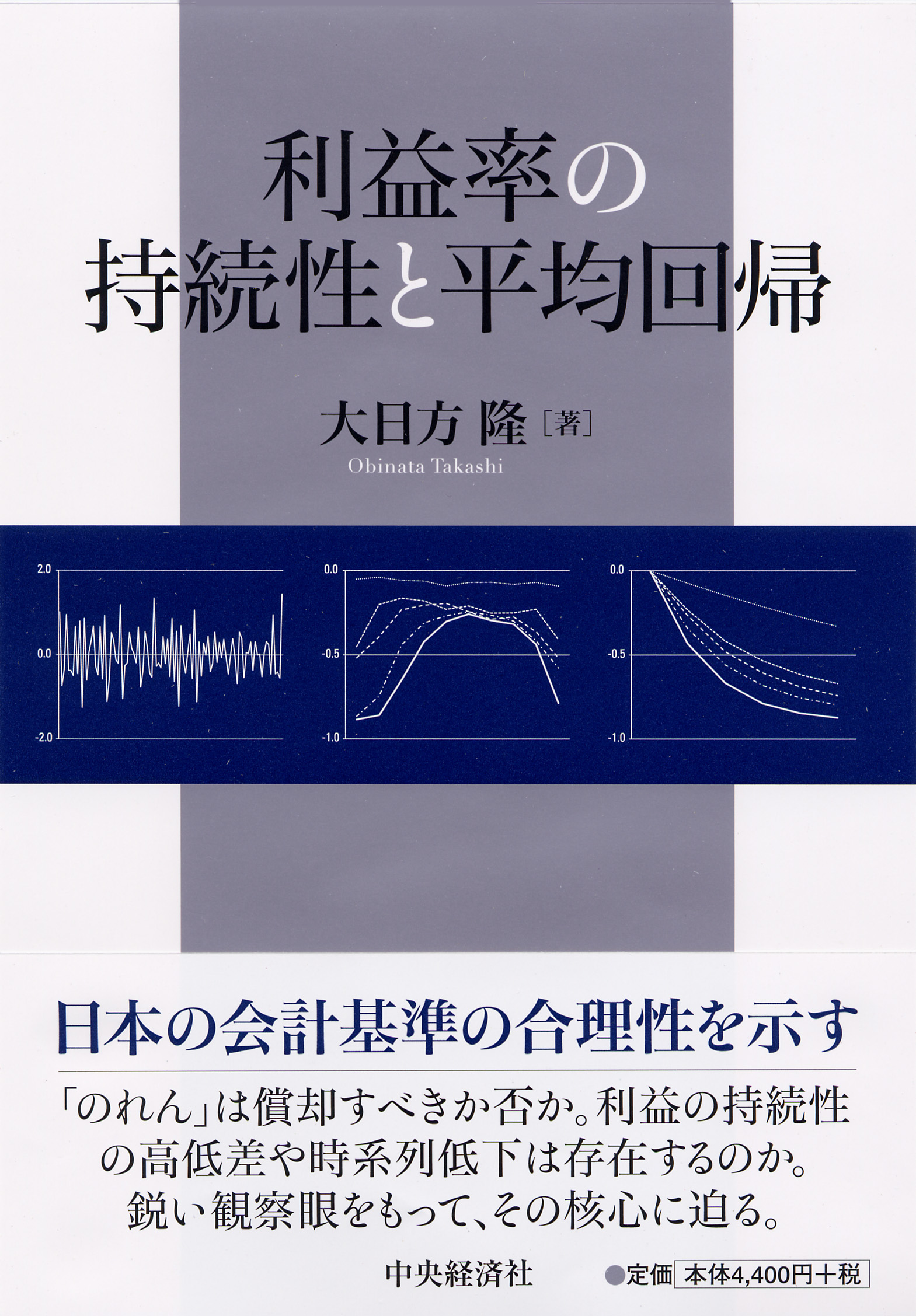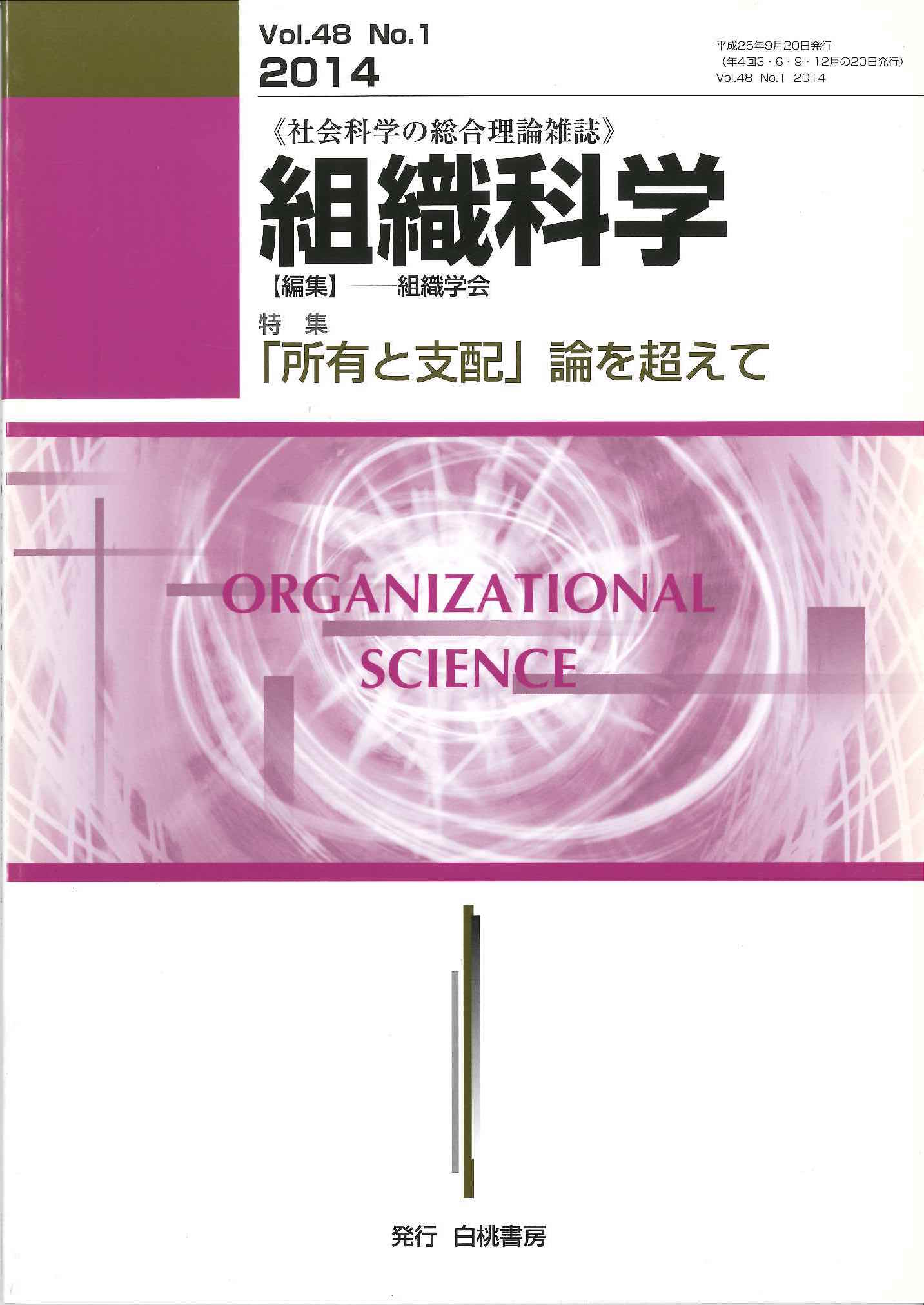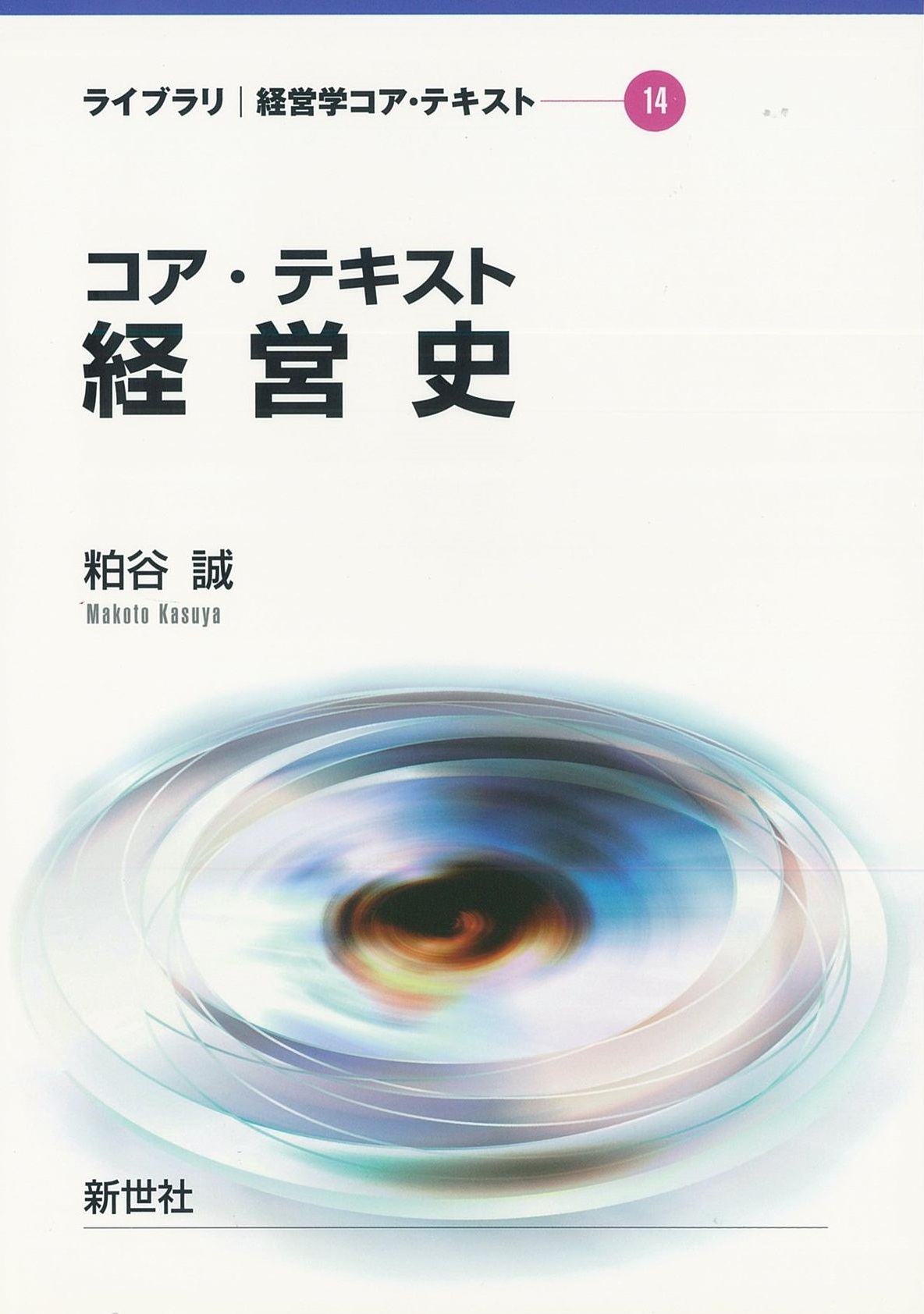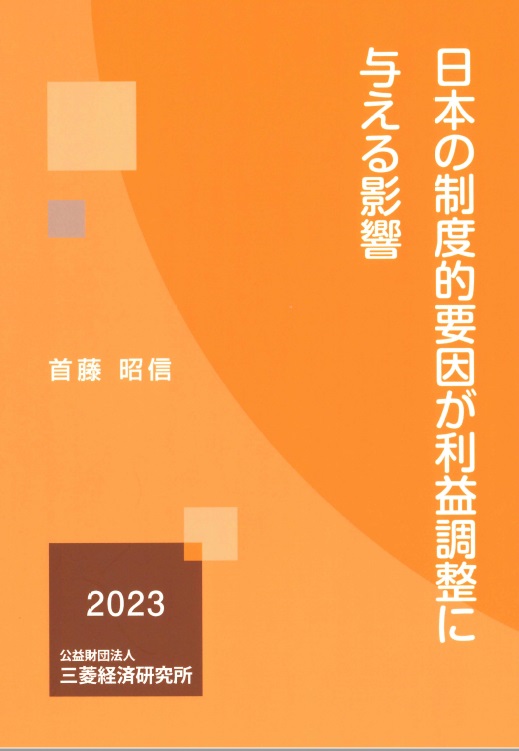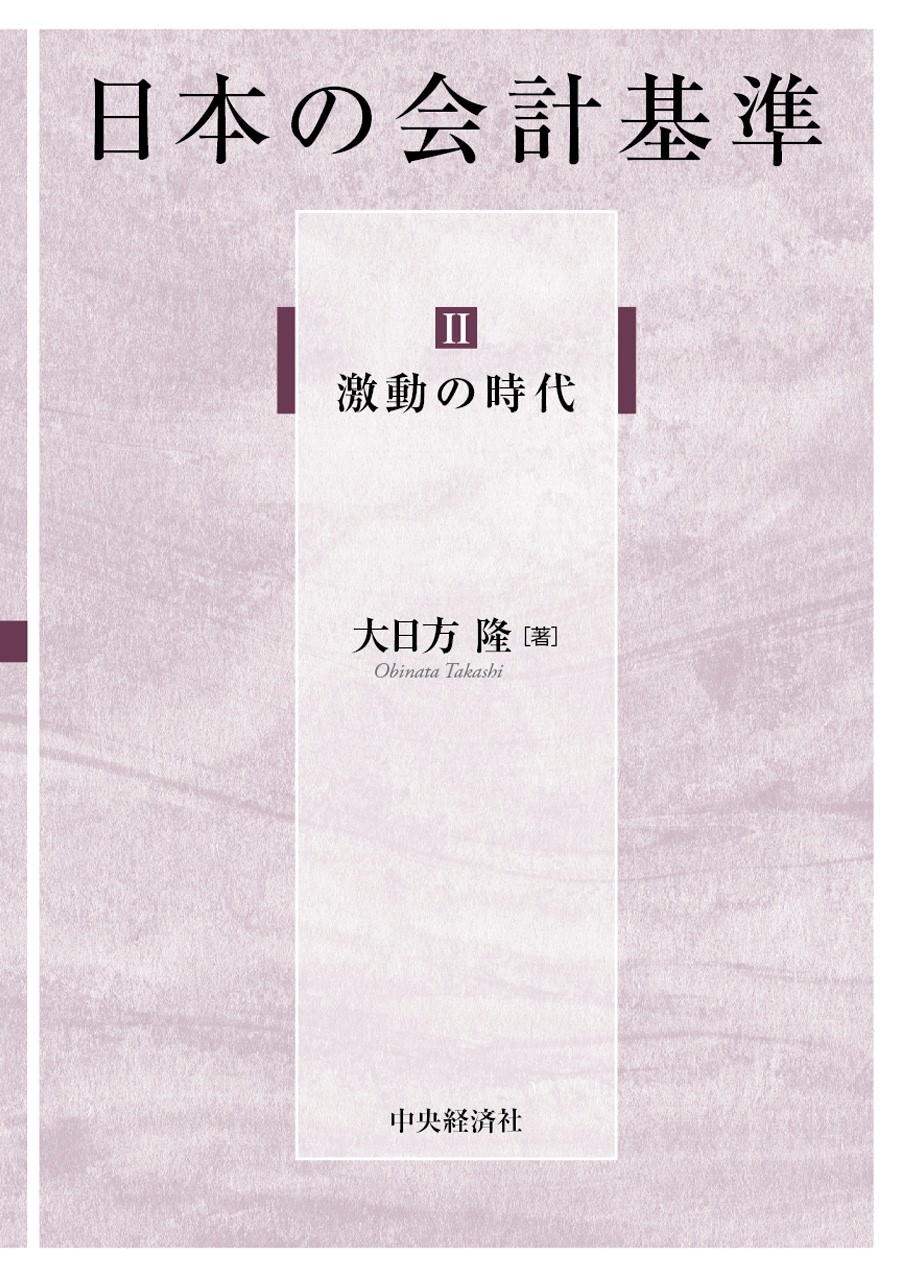
Title
Financial Accounting Standards in Japan: History and Theory Vol.2 Gekidou no Jidai (Turbulent Ages)
Size
520 pages, A5 format
Language
Japanese
Released
March 07, 2023
ISBN
978-4-502-43921-6
Published by
Chuo Keizai Publishing
Book Info
See Book Availability at Library
Japanese Page
Where did Japanese accounting standards come from, where are they now, and where are they headed? This book attempts to dynamically clarify the true nature of Japanese accounting standards. Since accounting standards are formed under the framework of certain accounting regulations, the state of accounting standards is strongly influenced by accounting regulations. Therefore, in order to capture the movement of accounting standards, it is necessary to clarify the nature of the static element, the structure of accounting regulations. At the same time, it is necessary to clarify the dynamic element of what factors caused the changes in accounting standards. The subject of this book is to describe how the static and dynamic elements appear, intertwine, and disappear in the "field" of the accounting system, which consists of a combination of accounting regulations and accounting standards.
This second volume covers the period from the disclosure enhancement programs that began after the mid-1980s to the accounting Big Bang at the beginning of this century. These are truly turbulent ages for the accounting system (accounting regulations and accounting standards). In this period, the unique composition of accounting regulations and accounting standards in Japan becomes evident. The overall picture is summarized in the supplementary chapters at the end of this volume. This chapter is an "interim summary" of the discussions in Volumes I and II.
In Japan, the "politicization of accounting" is an ordinary occurrence, and it was commonplace until the last century for politicians to meddle in accounting regulations and accounting standards. It came as a shock to the author when we learned of this, but the events that appear in this second volume are political upheavals of a much larger magnitude. The negotiations with the U.S., the bad loan problem, and the reorganization of Ministries and Agencies had a significant impact on the formation of accounting standards. Few would understand the events of this period as a spontaneous development of accounting standards.
What I would like the reader to focus on in this second volume is the pathway in the direction of "accounting regulations → accounting standards → accounting theory." The existence of this path has already been exemplified in the discussions in various parts of Volume I, but it can be observed more clearly in the accounting standards created in the Accounting Big Bang. The most obvious of these are the accounting standards for asset impairments and business combinations. New accounting standards transformed accounting theories or produced new theoretical discoveries. In addition, new or revised accounting standards can cause accounting theories to decay or collapse.
(Written by OBINATA Takashi, Professor, Graduate School of Economics / 2023)



 Find a book
Find a book


